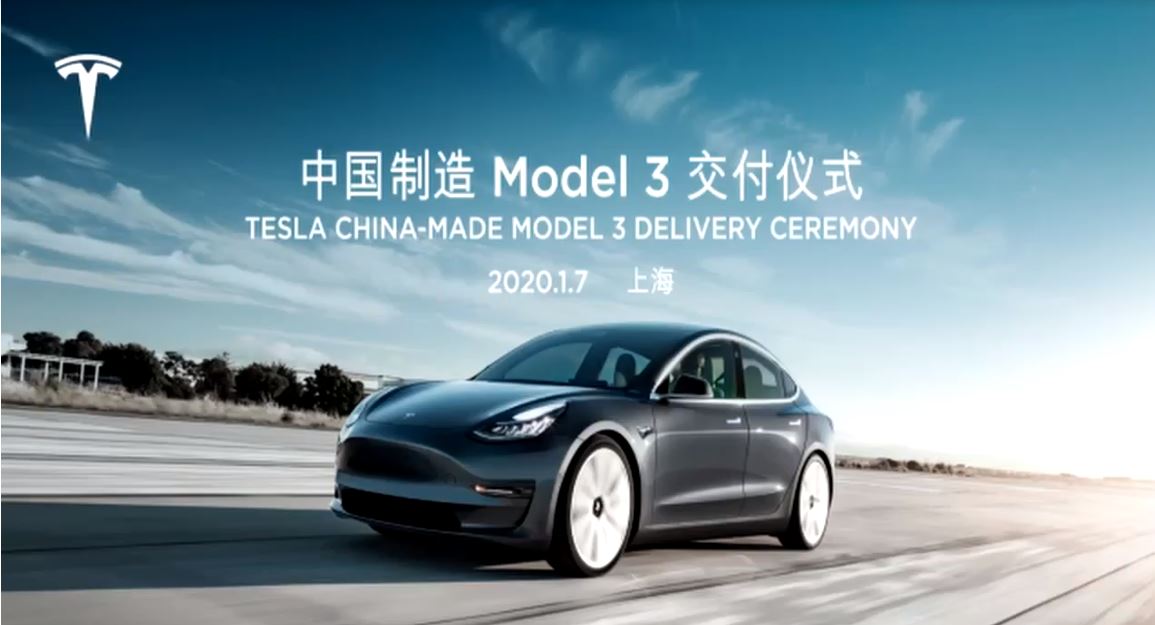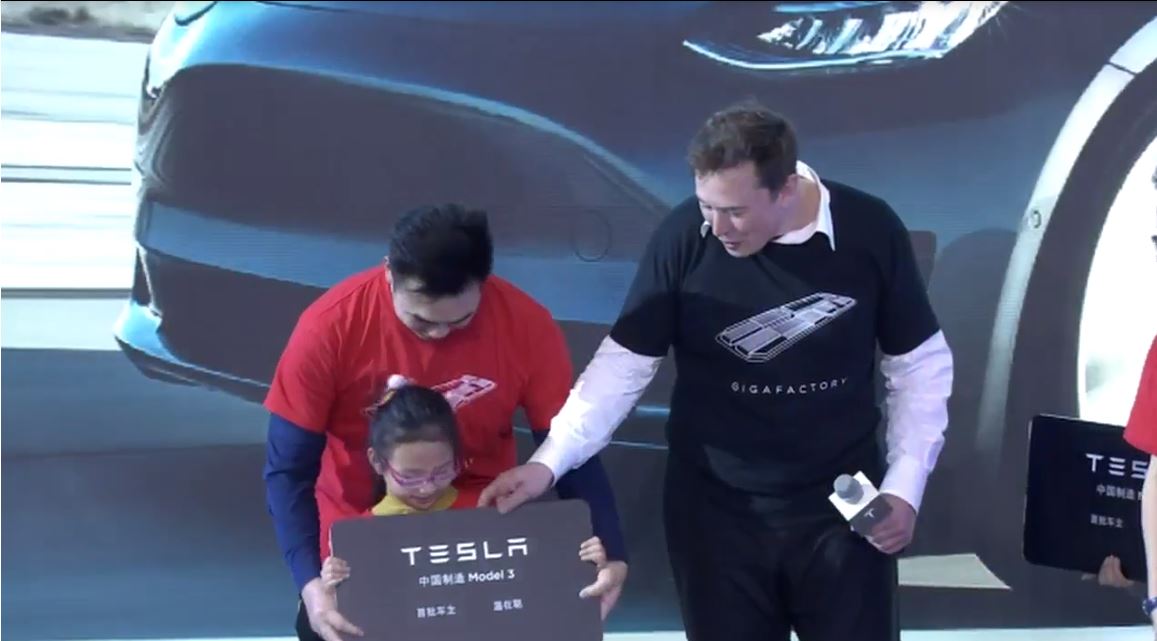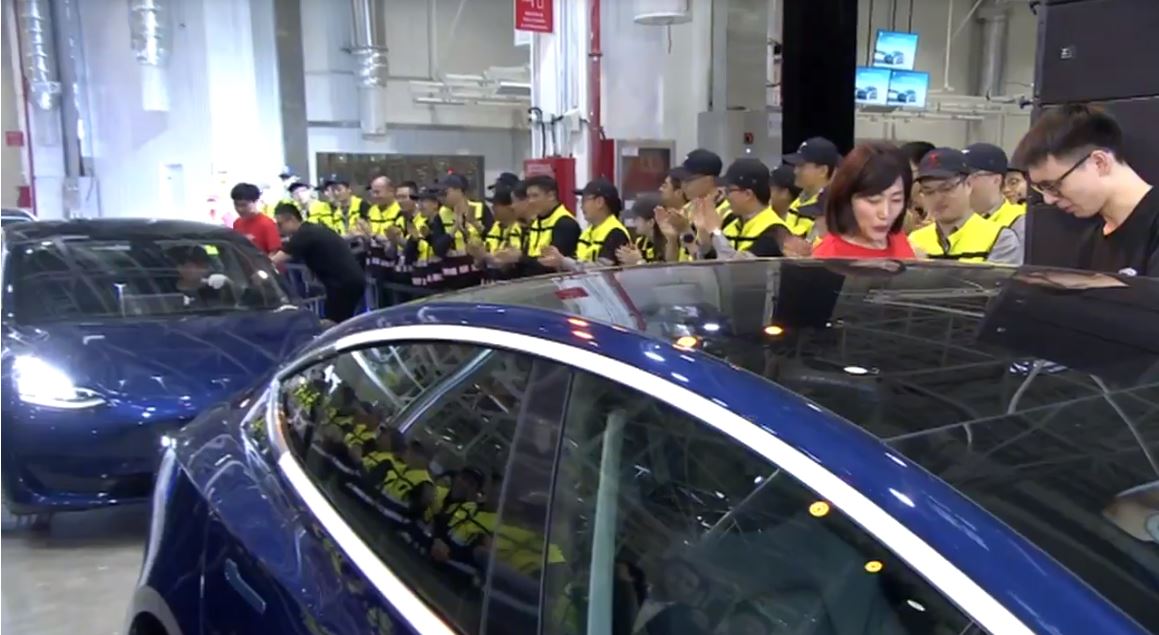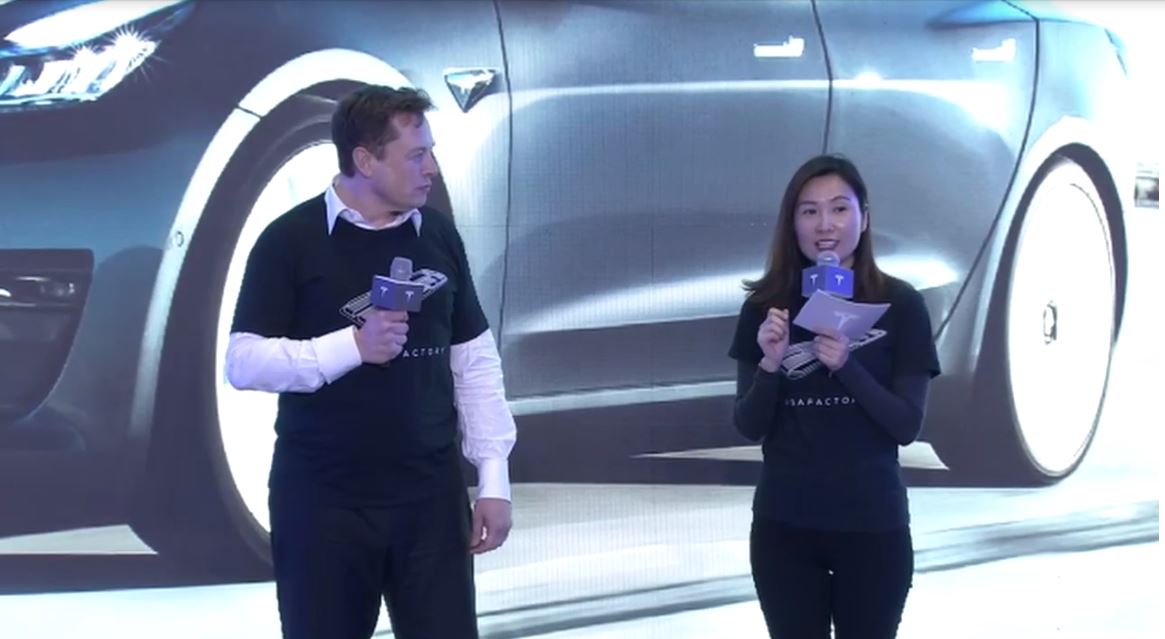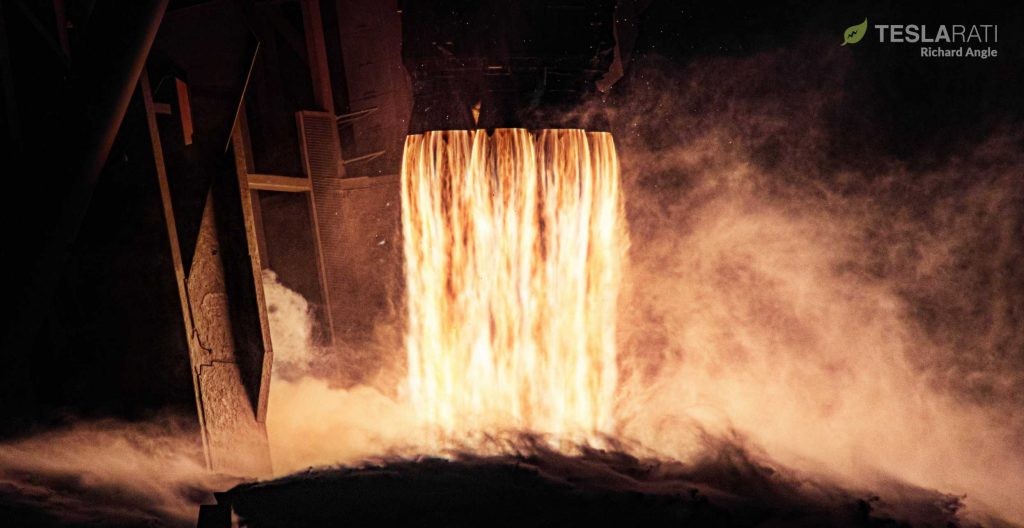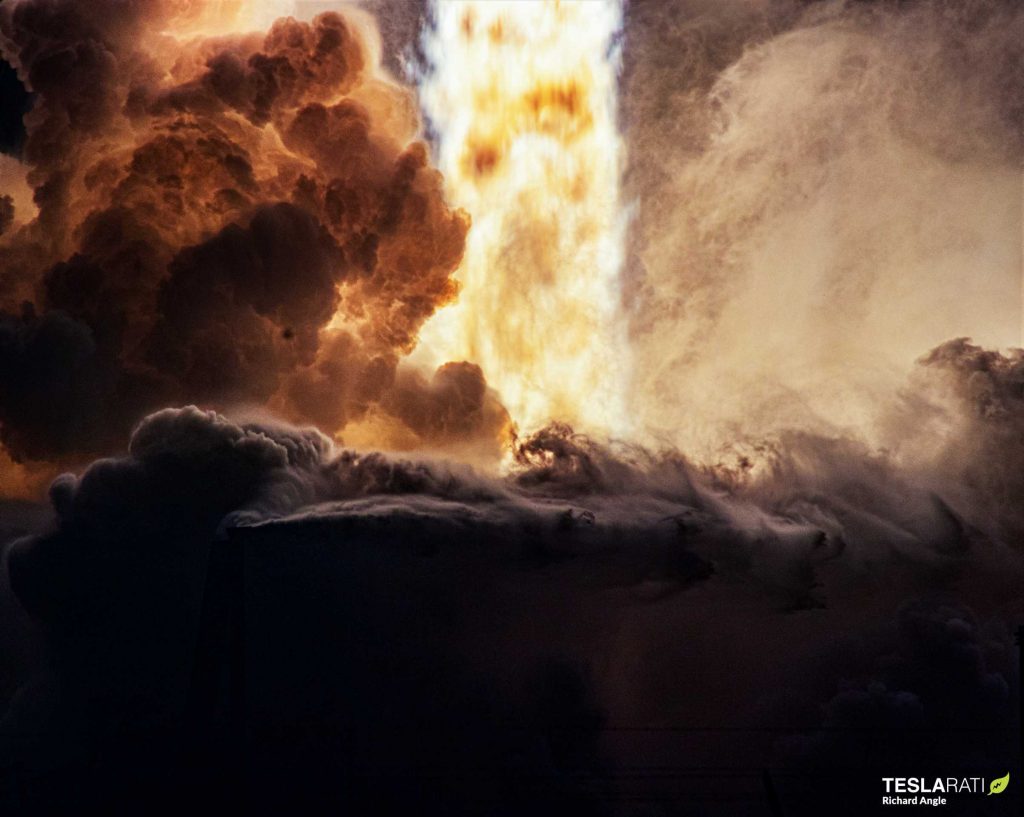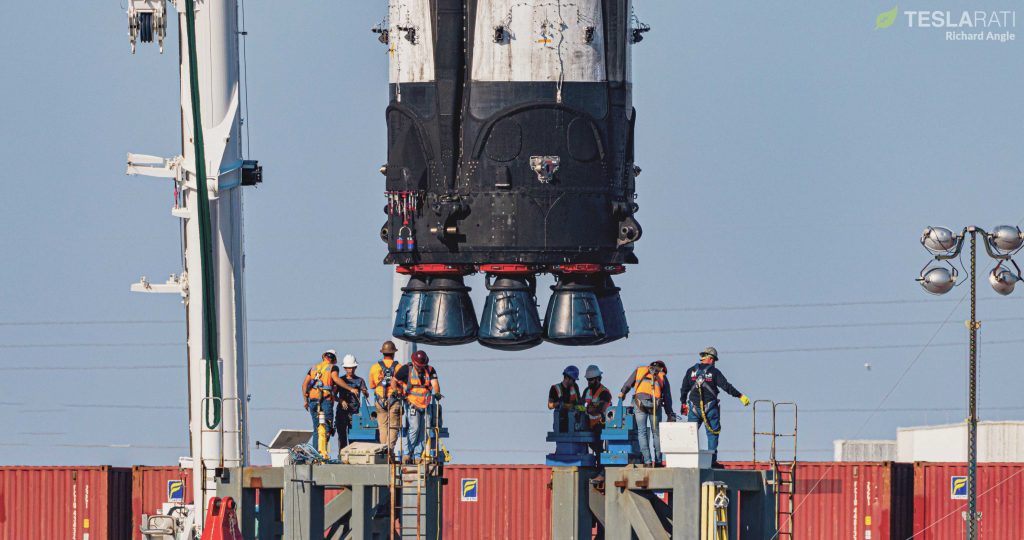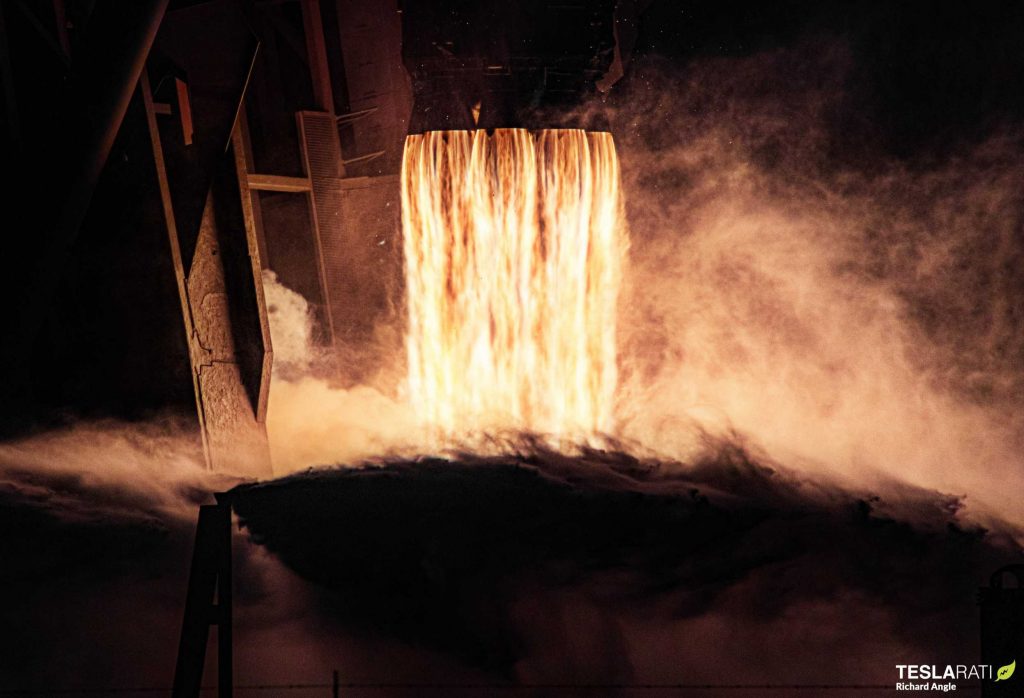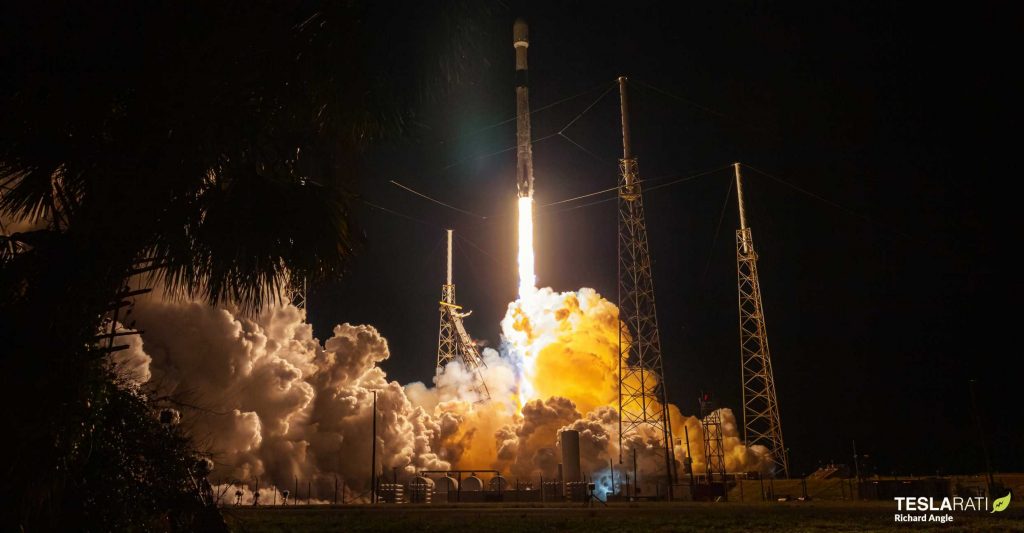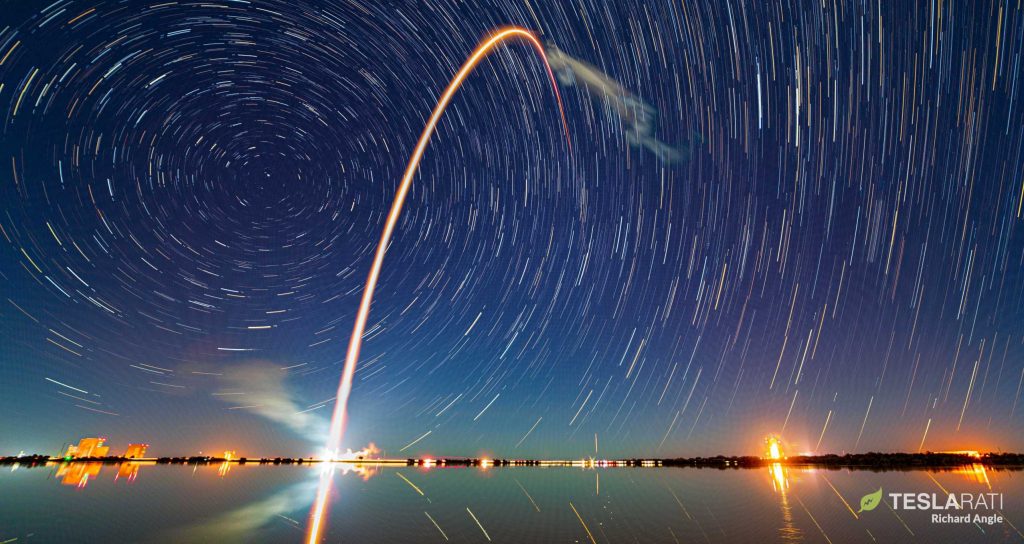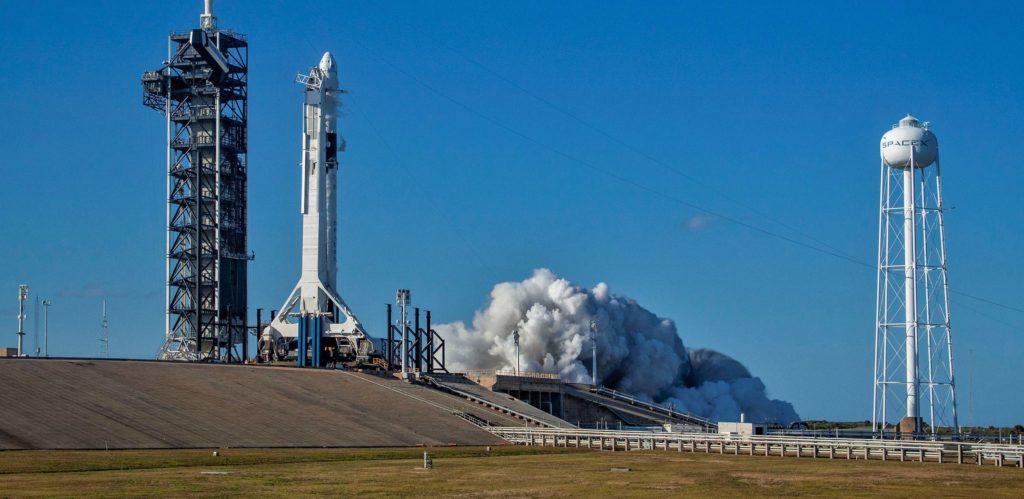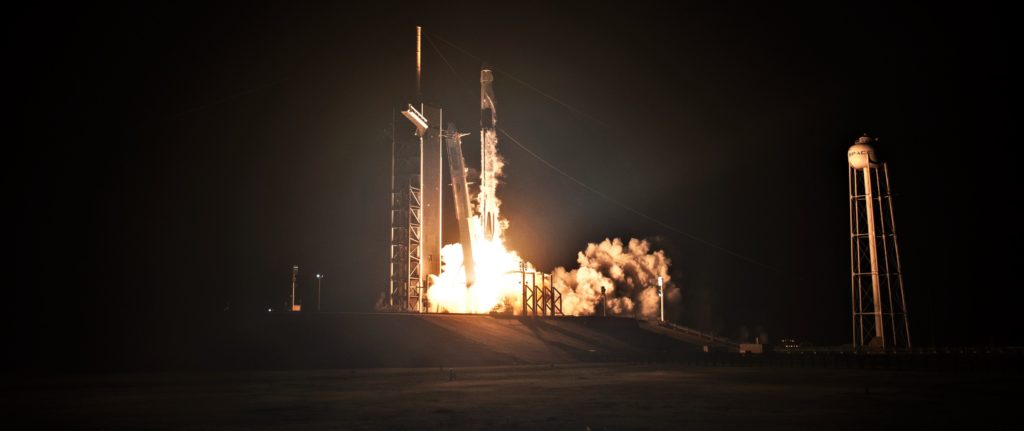SpaceX CEO Elon Musk has teased the first detailed description of the Starlink antennas (“user terminals”) customers will need to connect to the massive satellite internet constellation, revealing a few new and unexpected details about the critical hardware.
Although nearly all public focus is currently (and understandably) on the production and launch of Starlink satellites themselves, that perspective actually glosses over a second element of the constellation that is at least as important. Starlink, after all, is designed to delivered high-speed, low-latency broadband internet to customers around the world, and that service will not just magically appear in the houses of interested consumers. Similar to satellite TV, customers will gain access to their Starlink internet service with an antenna that will have to be installed somewhere on or around the premises.
The challenge that SpaceX faces with the grounded side of Starlink is that – unlike the geostationary satellites that provide satellite TV – satellites in low Earth orbit (LEO) are visible from a specific point on the ground for just a handful of minutes each. Whereas satellite TV dishes simply need to be pointed at one unmoving spot in the sky, Starlink ground antennas will need to constantly change where they are pointed (or at least track constantly-moving and changing satellites) and do so seamlessly and with incredible reliability.
A step further and even more importantly, while SpaceX unequivocally needs to make its Starlink user terminals extremely capable, simple, and reliable, it will also need to find a way to mass-produce millions (ultimately tens to hundreds of millions) of units and keep the cost to consumers unprecedentedly low. At least before Musk’s January 7th, 2020 comment, it was believed that Starlink user terminals would have to rely almost entirely on high-performance phased-array antennas, referring to antennas that are steered electronically – i.e. without physically moving.
100% phased-array steering would likely result in the best possible user terminal from the standpoint of reliability and performance. However, full phased-array antennas – while making rapid progress – are still extremely expensive to manufacture compared to more basic alternatives, meaning that it could be an immense challenge – possibly much harder than building and launching Starlink satellites themselves – to mass-produce affordable user terminals under that paradigm. It’s possible that SpaceX has actually come to the same conclusion and is choosing to compromise with its first-generation user terminals, prioritizing time to market and cost per unit at the expense of peak performance and optimal reliability.
Competitor OneWeb may actually have a step up on SpaceX on that front, having reportedly already made great progress developing an exceptionally cheap flat-panel phased-array antenna capable of at least decent throughput (10-50 Mbps). On January 7th, Musk revealed that the current iteration of Starlink user terminals look like a “thin, flat, round UFO on a stick” and features “motors to self-adjust [and ensure it’s at the] optimal angle to view [the] sky.”
The latter tidbit came as a bit of a surprise, given that nearly all cutting-edge phased-array antennas in development feature flat-panel designs and mounting hardware and pointedly avoid mechanical steering – one of the great benefits of phased arrays. It’s ultimately unclear what purpose a mechanical pointing motor would serve on a Starlink user terminal. If the terminal is centered around a true phased-array antenna, mechanical steering would be an almost vestigial addition. However, it’s possible that SpaceX has found a way to hybridize electronic (phased-array) and mechanical steering to produce user terminals that are exceptionally cheap and high-performance at the cost of a reliability risk (moving parts).
Ultimately, it looks like we will find out much sooner than later how exactly SpaceX’s Starlink user terminals work, among other details. Musk says that Starlink will be able to start serving customers in Canada and the Northern US with as few as four additional Starlink launches, meaning that some form of beta test could begin after Starlink V1 L6.
As of now, SpaceX has 1-2 more Starlink missions scheduled to launch later this month. If SpaceX averages two launches per month, Starlink could be serving its first customers as early as March or April 2020.
Check out Teslarati’s newsletters for prompt updates, on-the-ground perspectives, and unique glimpses of SpaceX’s rocket launch and recovery processes.

(adsbygoogle = window.adsbygoogle || []).push({});
<!–
–>
var disqus_shortname = «teslarati»;
var disqus_title = «SpaceX's Elon Musk says Starlink user antennas will be like "UFOs on a stick"»;
var disqus_url = «https://www.teslarati.com/spacex-elon-musk-starlink-user-antennas-ufos/»;
var disqus_identifier = «teslarati-126107»;

